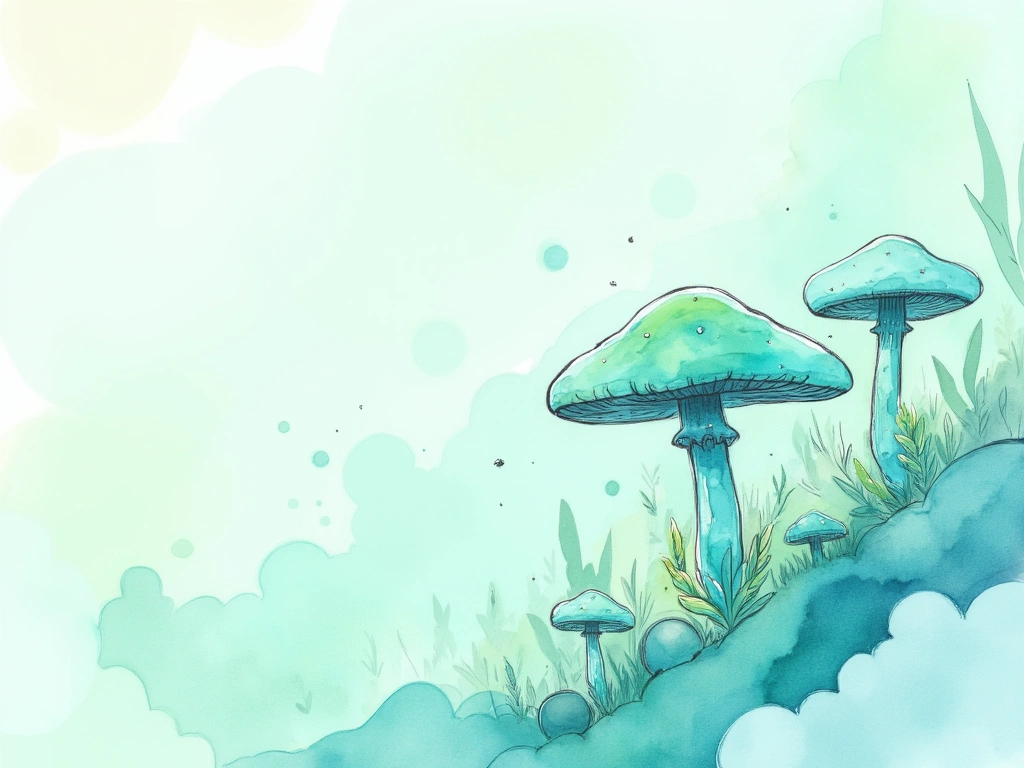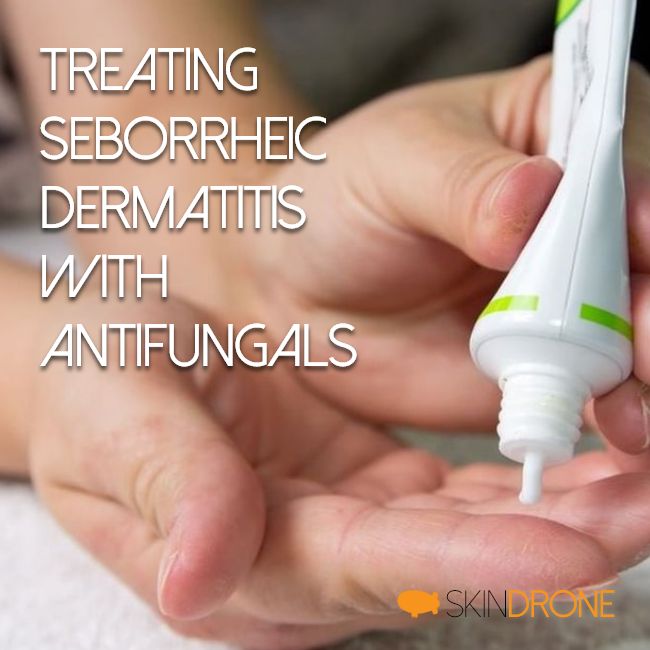- Targeting the Root Cause: Anti-fungal treatments are a primary approach for seborrheic dermatitis because they target Malassezia fungi, believed to be a major contributor to the condition.
- Beyond Anti-Fungal Action: Many popular anti-fungals offer additional benefits, such as reducing inflammation and affecting skin cell behavior, which may contribute to their effectiveness.
- Effectiveness Questioned: Despite their widespread use, some research raises questions about how well anti-fungals actually reduce Malassezia on the skin in real-world conditions.
- Variety of Options: From Ketoconazole to Coal Tar, a range of topical anti-fungal treatments are available, each with unique properties and considerations.
- Explore Your Options: Understanding how these anti-fungals work can empower you to make informed decisions about managing your seborrheic dermatitis.
The prevailing view in medical literature links seborrheic dermatitis to the Malassezia fungi. Consequently, anti-fungal medications are the most commonly recommended treatment strategy, a standard approach detailed in current medical and dermatology textbooks.
Topical anti-fungal products are designed to primarily target and inhibit fungal growth on the skin surface. However, evolving insights into skin biology are prompting a re-evaluation of their sole mechanism of action and overall effectiveness [1].
Interestingly, many frequently used anti-fungals appear to exert additional beneficial effects that extend beyond simply killing fungus, potentially contributing to their positive impact on seborrheic dermatitis. For example:
- Ketoconazole: Research indicates it can modify gene expression and lessen the skin’s inflammatory response [2].
- Zinc Pyrithione: This agent can stimulate stress response gene activity in keratinocytes and influence genomic stability [3].
- Selenium Sulfide: It may exert a toxic effect on keratinocytes, which could reduce the rate of skin cell turnover [4].
Adding to the complexity, a recent small-scale study investigating ketoconazole – known for its potent anti-Malassezia properties in laboratory settings – found limited evidence of its effectiveness in reducing Malassezia levels on the skin outside of the lab environment [].
Collectively, these points introduce some uncertainty regarding the precise role that anti-fungals play in alleviating seborrheic dermatitis symptoms.
Considering Internal Anti-fungals?
Internal anti-fungal medications have been explored by some researchers. However, due to a higher risk of complications, this approach is discussed in more detail in the section.
Despite the ongoing questions, anti-fungals remain the most frequently advised first-line treatment for seborrheic dermatitis by healthcare professionals. Therefore, gaining a solid understanding of how they function and what to realistically expect from treatment is valuable.

Anti-Fungal Treatments for Seborrheic Dermatitis: Exploring Your Options
This section will delve into the specifics of various anti-fungal agents used to manage seborrheic dermatitis. We will examine their mechanisms of action, potential side effects, and key findings from the latest research. The anti-fungals covered include:
- Ketoconazole: Renowned for its strong anti-Malassezia activity.
- Clotrimazole: A less potent alternative to ketoconazole, yet still widely prescribed.
- Zinc Pyrithione: A popular over-the-counter choice, particularly for dandruff associated with seborrheic dermatitis.
- Selenium Sulfide: Developed as a commercially viable alternative to traditional sulfur treatments.
- Nystatin: A common broad-spectrum anti-fungal agent.
- Coal Tar: A traditional remedy with a long history of use for various skin conditions, including seborrheic dermatitis.
Even if you are exploring treatment options beyond anti-fungals, briefly reviewing the summary of each agent can enhance your overall understanding of seborrheic dermatitis and its management.
Feel free to explore the sections in any order that suits your interest, using them as a reference as needed.

No Comments
Be the first to start a conversation